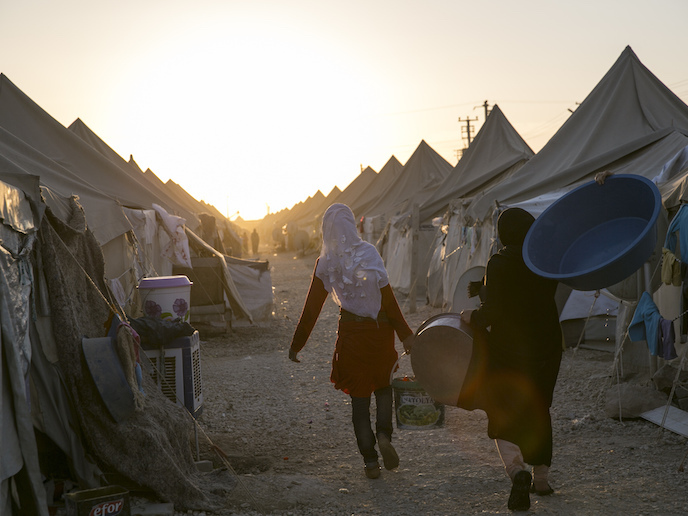Tailored integration brings benefits to refugees
The scale and impact of forced displacements has grown continuously in recent years. The UNHCR reported in 2022 that more than 100 million people are currently refugees, mainly from countries such as Afghanistan, Myanmar, South Sudan, Syria, Ukraine and Venezuela. While most are hosted in neighbouring countries, high numbers still reach countries far beyond those.
Meeting needs of displaced people
“Host communities, authorities and the international community put in place different resources to help these people, from assistance to integration,” explains RAISD project coordinator Rubén Fuentes-Fernández from Complutense University of Madrid in Spain. “However, resources are always scarce, public attention moves on to other issues, and forcibly displaced people are often left without hope or ways to move forward.” A key issue here is that assistance programmes tend to address common needs and are under-equipped to monitor particular needs of target groups or host communities. This situation is even more precarious in the case of the most vulnerable groups.
Taking account of vulnerable groups
To address this identified challenge, the EU-funded RAISD project focused on vulnerable groups such unaccompanied minors, women victims of violence, and people with disabilities. “Our proposal was to define and characterise the novel concept of vulnerability context,” says Fuentes-Fernández. “This is the context that leads to a certain group’s vulnerability. This depends on their features, those of the host community, their history, their interactions, and their needs.” Out of this, the RAISD project team sought to devise specific Tailored Attention and Inclusion Strategies (TAISs). It was recognised that, to be effective, these strategies would require the active participation of all stakeholders, from forcibly displaced people to service providers and policymakers, from design through to implementation and evaluation. The project then conducted pilots in seven countries, all of which are transit and/or destination countries for displaced people in Europe and the Middle East. The aim was to demonstrate that TAISs are a more effective way of dealing with the integration and inclusion of forcibly displaced people, and to then provide the methodological tools for others to follow suit.
Successes in tailored inclusion
In all case studies, actions were adapted to meet the needs of vulnerable people. In Lebanon for example, the designed TAIS was geared at addressing social, emotional and academic problems. The programme had a positive impact on the Syrian people in camps, in addition to ensuring coronavirus awareness among pregnant women, elderly people and others at risk. “The Spanish TAIS focused on promoting the economic autonomy of sub-Saharan women, some of them victims of trafficking,” adds Fuentes-Fernández. “Stakeholders followed the guidelines of our methodology and designed the TAIS together. “The TAIS was then adapted to two different subgroups of beneficiaries: those who wanted to start their own business, and those who needed basic training to understand the Spanish job market.” The success of these experiences demonstrated the effectiveness of the TAIS concept. “The TAISs specifically consider context, and provide continuous evaluation,” he remarks. “This makes them better at meeting their objectives and making better use of resources.” A catalogue of recommendations, including policy recommendations, has been published, while an Observatory to continue dissemination and research has been established. “This is the key element in our strategy to continue collaboration around this topic after the project finishes, and to create new opportunities,” says Fuentes-Fernández. “These include ideas for social action, local knowledge bases for research exchange, and volunteer engagement.”
Keywords
RAISD, refugees, UNHCR, Syria, Ukraine, displaced people, trafficking, integration







